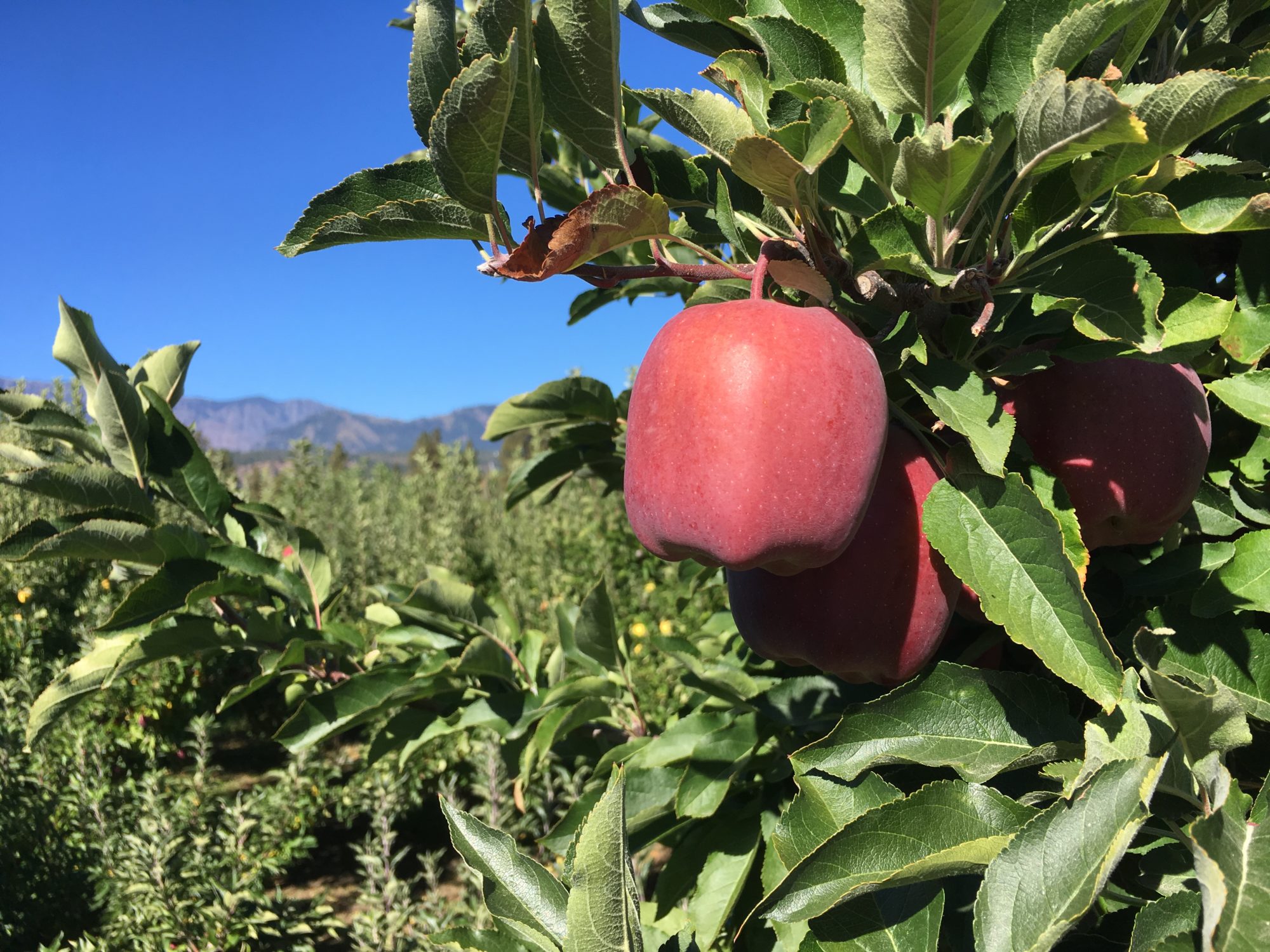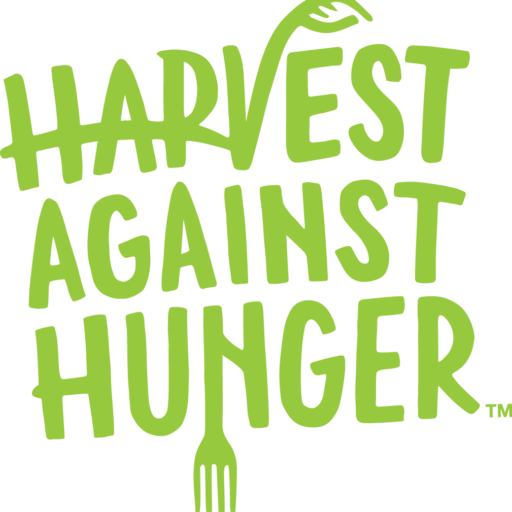The “Tangled Hairball”: The First Annual End Hunger Conference
31 May 2018, by David Bobanick in Harvest Blog, Harvest VISTA, National VISTA Harvest Against Hunger AmeriCorps VISTA, Elise Tillema serves at the Society of Saint Andrew (SoSA), a non-profit connecting farmers, agencies, and volunteers to glean produce in central Florida. In 2017 alone, SoSA saved 28,561,789 pounds of produce (86 million servings) with 37,482 volunteers at 5,960 events. Formed in 1979, SoSA serves the states of Florida, Alabama, Georgia, Mississippi, Arkansas, North & South Carolina, Tennessee, and Virginia with additional gleanings in the Midwest. In 1995, the Florida Gleaning Project was launched to coordinate gleans and saves over 2 million pounds of produce each year statewide.
Harvest Against Hunger AmeriCorps VISTA, Elise Tillema serves at the Society of Saint Andrew (SoSA), a non-profit connecting farmers, agencies, and volunteers to glean produce in central Florida. In 2017 alone, SoSA saved 28,561,789 pounds of produce (86 million servings) with 37,482 volunteers at 5,960 events. Formed in 1979, SoSA serves the states of Florida, Alabama, Georgia, Mississippi, Arkansas, North & South Carolina, Tennessee, and Virginia with additional gleanings in the Midwest. In 1995, the Florida Gleaning Project was launched to coordinate gleans and saves over 2 million pounds of produce each year statewide.
The work of the non-profit can often be lonesome. Small offices, even smaller budgets, single subject focus, and massive projects can put an activist into a microcosm. This phenomenon is just a fraction of what makes events like the first End Hunger Conference so special. On a drizzling, dreary Saturday morning approximately 140 activists, ministers, and community members gathered at Saint Luke’s to discuss our common goal: ending hunger, from charity to empowerment.

Elise, a HAH AmeriCorps VISTA serving at SoSA, and her supervisor Barbara, the state director for SoSA Florida and Bread for the World member, attended the first annual End Hunger Conference. Elise ran a table for SoSA, recruiting volunteers and educating attendees about SoSA and gleaning while also participating in workshops. Barbara helped plan the event and participated in workshops of her own. Although the conference was based on eradicating poverty and hunger, the panels ran the spectrum from mass-incarceration to predatory loan practices, all factors leading to hunger.
Perhaps most noteworthy of these exercises was the opening activity. Bread for the World, a co-sponsor of the conference, provided each table with a simulation. From the Reconstruction era (1860s-70s) to now, each table member played as either a Euro- or African American. One by one, the table went through the legislation such as the Social Security Act of 1935, gaining or losing money, land, and opportunity not by their own merit, but legislative whims. By the final and most recent act, the ‘black’ players were left impoverished and food-insecure. This exercise opened the door to a crucial conversation that often goes unsaid and ignored. As the keynote speaker put it, “the tangled hairball” of poverty and hunger.

The End Hunger Conference, by framing hunger through legislative oppression, serves as a stark reminder that hunger does not exist in a vacuum. Race, gender, geography, and education weigh in on why people go hungry. Approaching hunger relief without acknowledging these factors is to ignore the issue entirely. The “tangled hairball” route is not the easy one, but without it, hunger cannot be solved. As noted in Circles (a financial assistance non-profit) in their workshop, feeding the hungry is only step one in ending food-insecurity.
Without addressing how or why a person is hungry, little can be done to help. Also critical is the acceptance that these acts are not blights of the past, but are alive and well in the present day. The legacy of slavery and oppressive legislation are still having an impact on our society, and leading some towards food-insecurity. By educating ourselves and others, we can endeavor to solve the “tangled hairball” of hunger and poverty, one hair at a time.



